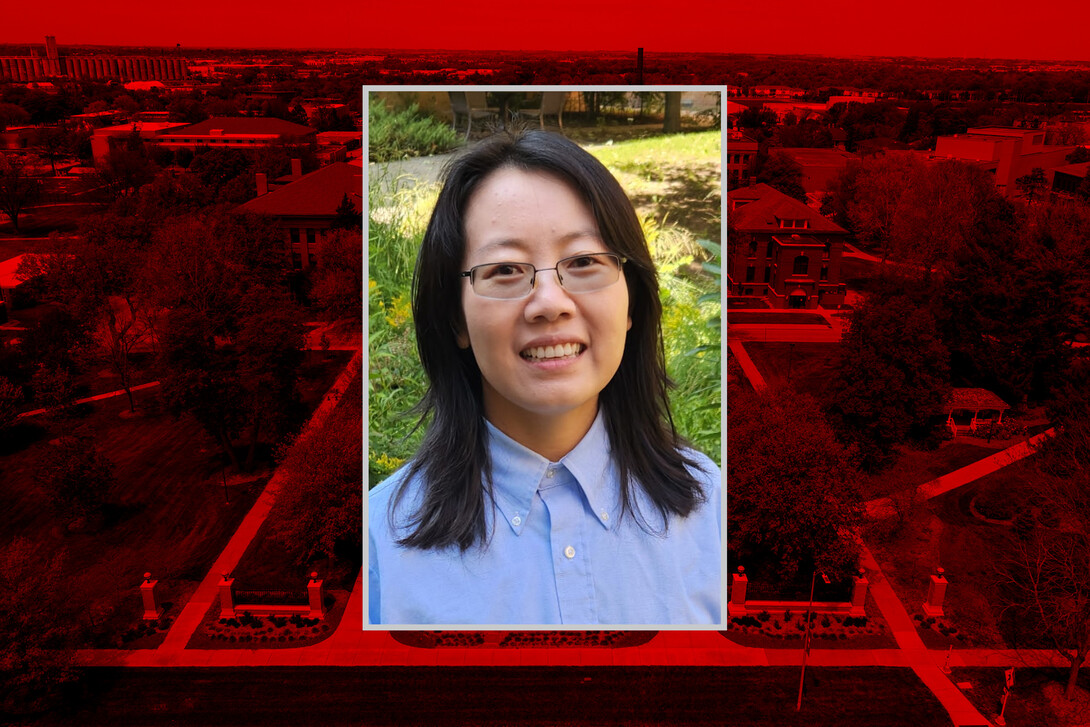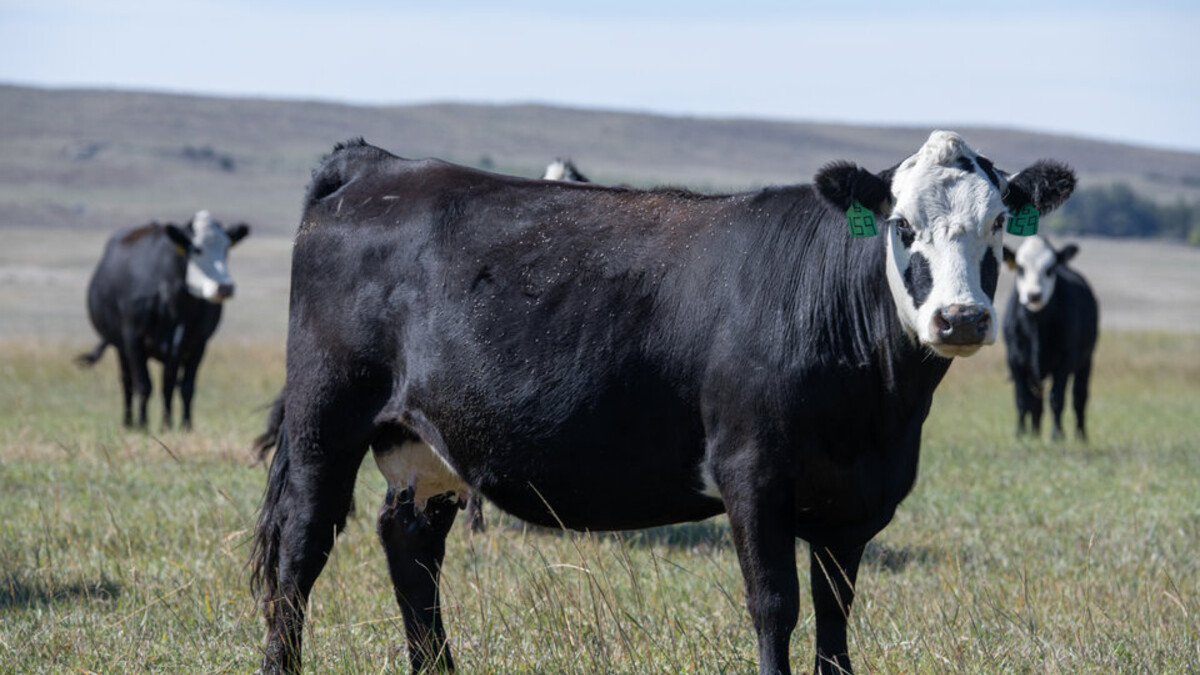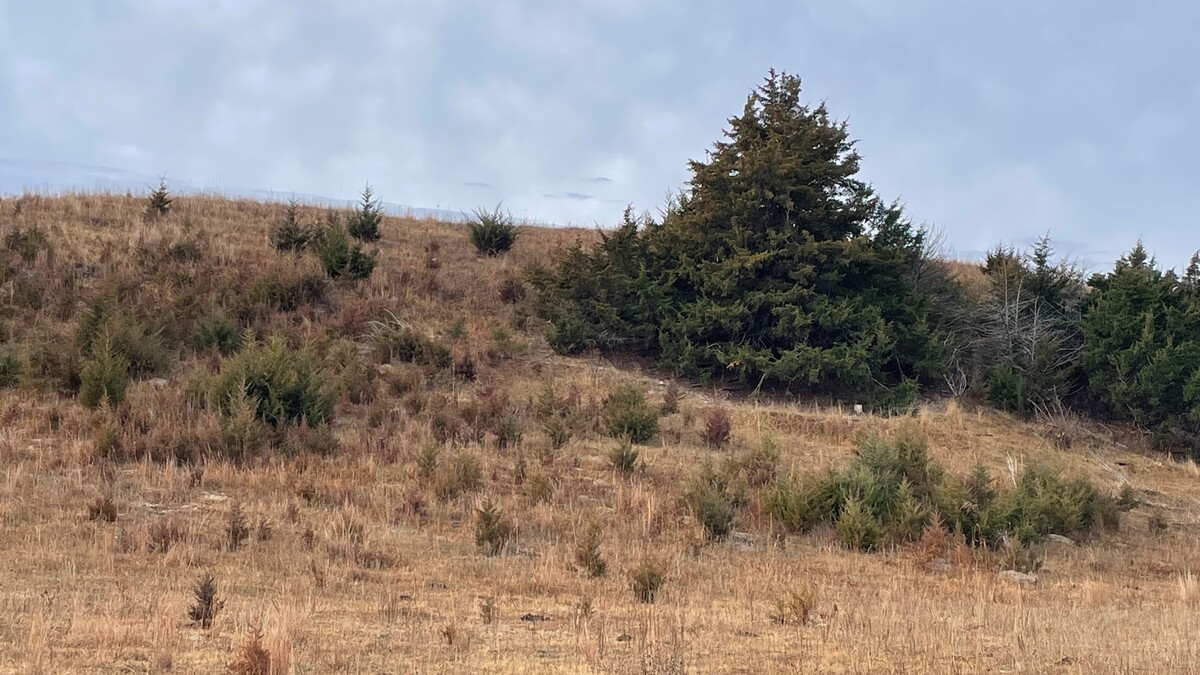
Conserving and expanding forests could partially offset global greenhouse gas emissions by 2050, University of Nebraska–Lincoln researchers said recently.
“As human activity continues to grow, it is increasingly important to identify strategies that help land managers reduce long-term environmental impacts and offset greenhouse gas emissions,” said Tala Awada, professor in the School of Natural Resources and associate dean in the Agricultural Research Division.
In two Global Change Biology articles, a multidisciplinary team from Nebraska’s Institute of Agriculture and Natural Resources that included Lidong Li, Tala Awada, Yeyin Shi and Michael Kaiser, and the USDA Agricultural Research Service analyzed nearly 30 years of global data from the United Nations Food and Agriculture Organization and the World Bank to explore the relationship between land use changes and greenhouse gas emissions.
The team found that global emissions of greenhouse gases, including carbon dioxide, methane and nitrous oxide, rose continuously during the study period starting in 1990, but they varied significantly based on what activity the land was used for.
Artificial surfaces such as sidewalks, roads and buildings had the highest increase in greenhouse gas emissions, about twice as high as croplands. The researchers suggested this might be caused not only by the removal of natural vegetative surfaces, but also by fossil fuels and other sources that contribute to carbon dioxide emissions in the development and maintenance of the artificial surfaces.
Forests were the only land use that had net negative emissions for carbon dioxide.
Looking at agricultural emissions specifically, the researchers said agricultural activity intensified, but the emissions overall decreased between 1992 and 2020. This decline was primarily due to a slowdown in global net forest loss — reduced deforestation rates allowed remaining forests to offset some agricultural emissions through carbon storage, they said.
In general, when agriculture expands, it typically expands into forests and grasslands. In doing so, the land switches from being a net sink to becoming a source of emissions. The researchers identified global forest loss as the most significant driver of agricultural greenhouse gas emissions, followed by livestock, fertilizer use, crop residues and irrigation.
A small change in land use has effects that add up over time. To test how land use changes may affect future emissions, the team employed artificial intelligence, specifically a Long Short-Term Memory neural network to make projections on the data, training it on known drivers of emissions.
“This allows us to ask ‘what if?’ questions,” said Lidong Li, lead author and research assistant professor in the Department of Biological Systems Engineering. “Like what if land use changes faster? Slower? What happens if there are more or less croplands, for example?”
The researchers found that reducing deforestation or converting less productive agricultural land for forest use could help stabilize or reduce agricultural emissions. While land use change alone can only partially address excess emissions, slowing global deforestation and expanding forest cover could also provide critical time for developing and deploying innovative solutions and climate-smart technologies.
Awada said the findings show the need for regenerative land management.
“It shows just how much the way we manage land affects emissions locally and globally, our future climate and our well-being,” she said.
The researchers said conserving forests, adopting sustainable and regenerative agricultural practices, and integrating land use planning into policies represent actionable strategies to mitigate excess and excessive emissions.
Li said the machine learning models they used were helpful but not without limitations. For example, the lack of training data could limit their predictive power.
“For me, the next step is to further improve these models,” Li said. “The model I’m working on right now can do more complex scenarios and handle more complex data.”
Read the two articles, "Global Land Use Change and Its Impact on Greenhouse Gas Emissions," and "Global Greenhouse Gas Emissions From Agriculture: Pathways to Sustainable Reductions" here.
This study was partially funded by the U.S. Department of Agriculture Agricultural Research Service for Long-Term Agroecosystem Research network, and the Partnerships for Data Innovations. The research datasets came from the World Bank and the United Nations Food and Agriculture Organization and are publicly available.







